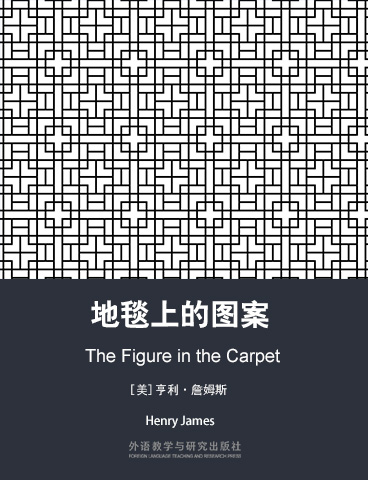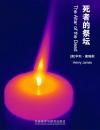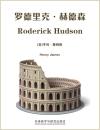The story ostensibly concerns a young literary critics who greatly admirs the writer Hugh Vereker. A meeting with Vereker, however, shows him that he—and all other critics—have in fact missed the great point of Verreker's work, and the critic (and his editor) thereupon devote themselves to trying to unravel the mystery. James's story, however, almost certainly has an autobiographical side to it, perhaps itself criticizing those critics who couldn't see, or wouldn't see, the figures lost in the carpet of his own writing.
詹姆斯的著名短篇《地毯上的图案》讲述的故事是:一位年轻的评论家刚完成一篇有关休·维瑞克这位他所喜爱作家的文章,没过多久,两人不期而遇。作家直言不讳,指出评论家对他所做的研究令他深感失望。原因并非研究进行得不够仔细,而是没能道出作品的秘密。这一秘密既是推动情节发展的主要动力,也是小说的中心思想。
The Figure in the Carpet is a short story published in 1896 in London by American writer Henry James. The short story is usually referred to as a novella and is told in the first person. The narrator, whose name is never revealed, meets his favorite author and becomes obsessed with discovering the secret meaning or intention within all the author's works.
- CHAPTER I
- CHAPTER II
- CHAPTER III.
- CHAPTER IV.
- CHAPTER V.
- CHAPTER VI.
- CHAPTER VII.
- CHAPTER VIII.
- CHAPTER IX.
- CHAPTER X.
- CHAPTER XI.
- 书评 写书评
- 笔记
-
书评加载中...













 京公网安备 11010802032529号
京公网安备 11010802032529号
笔记加载中...